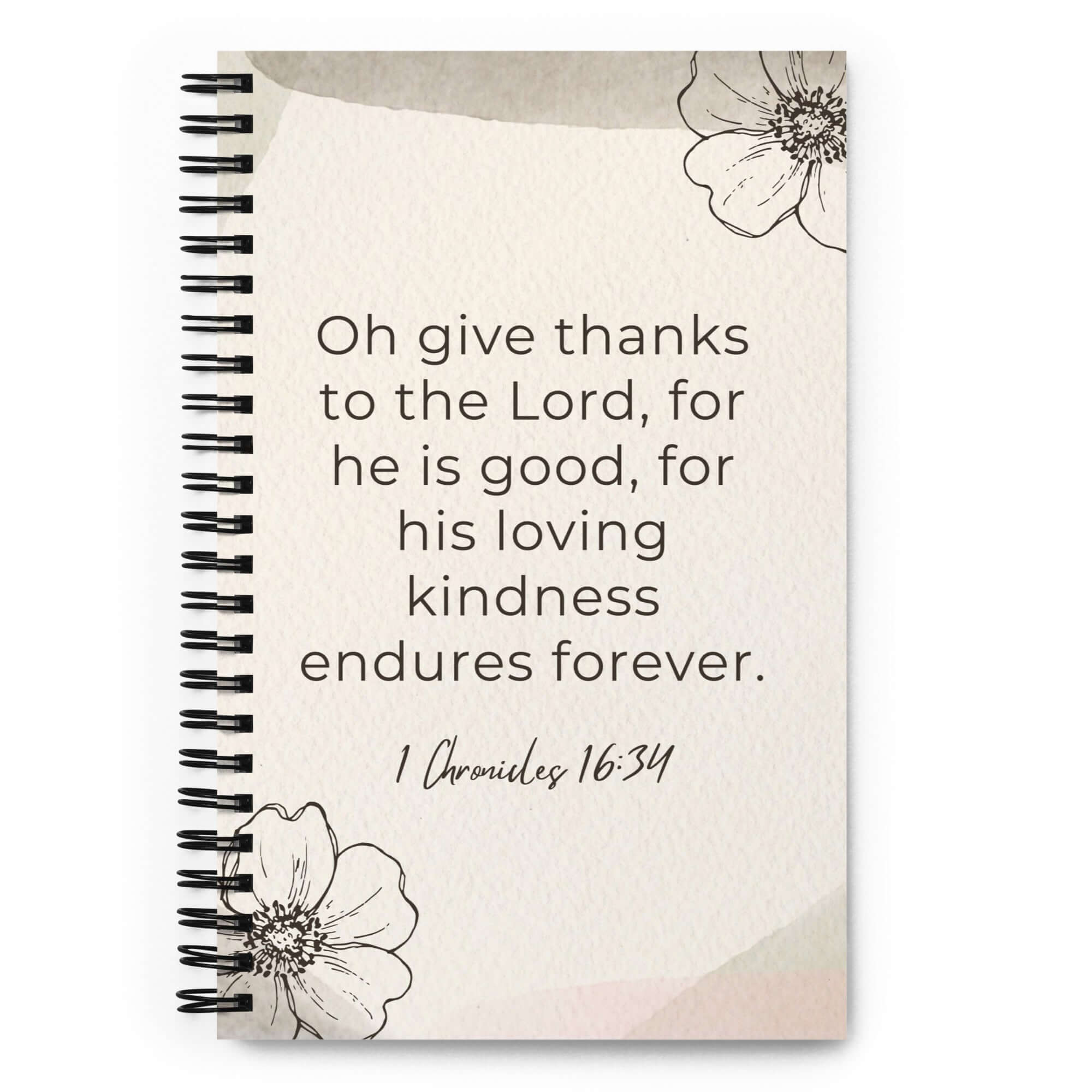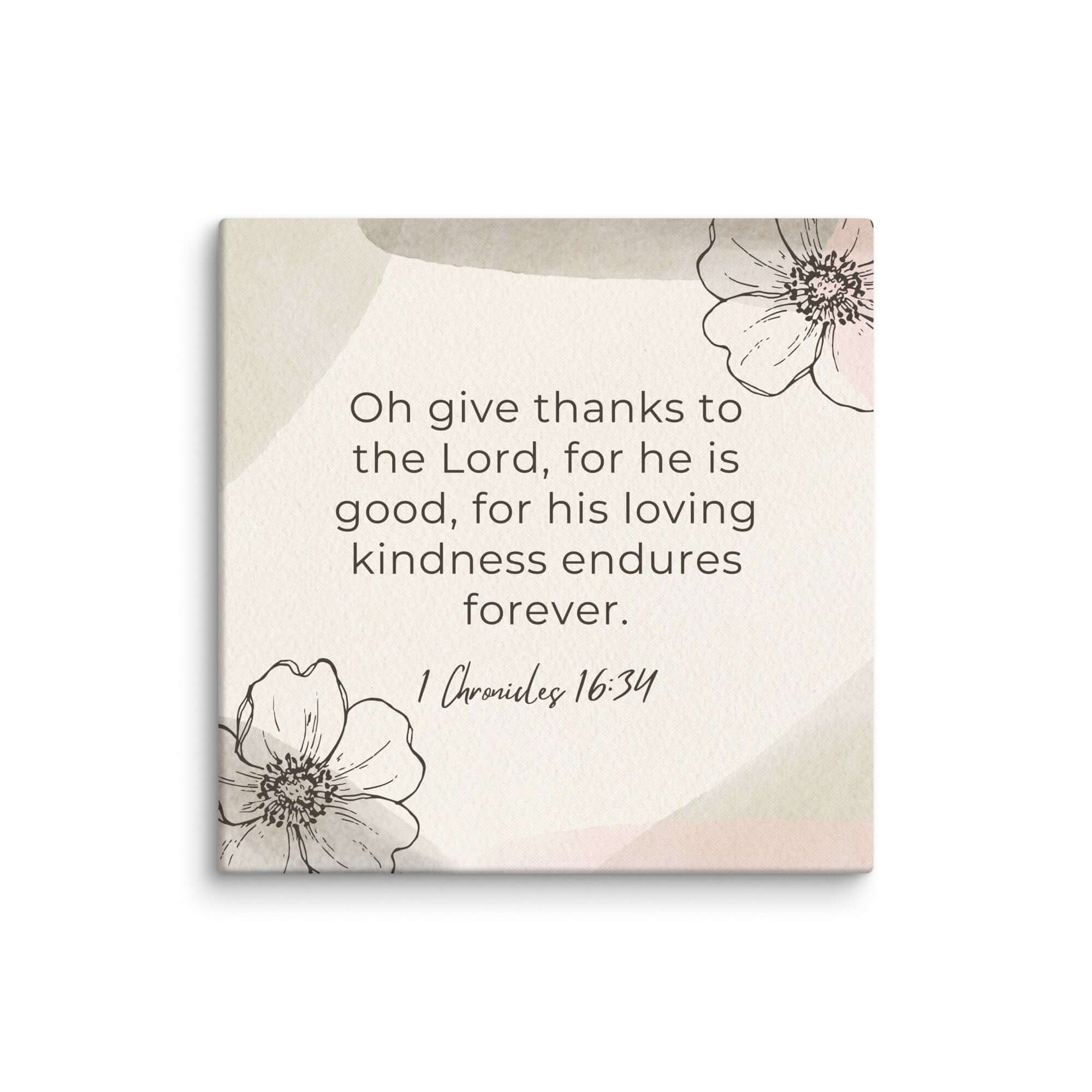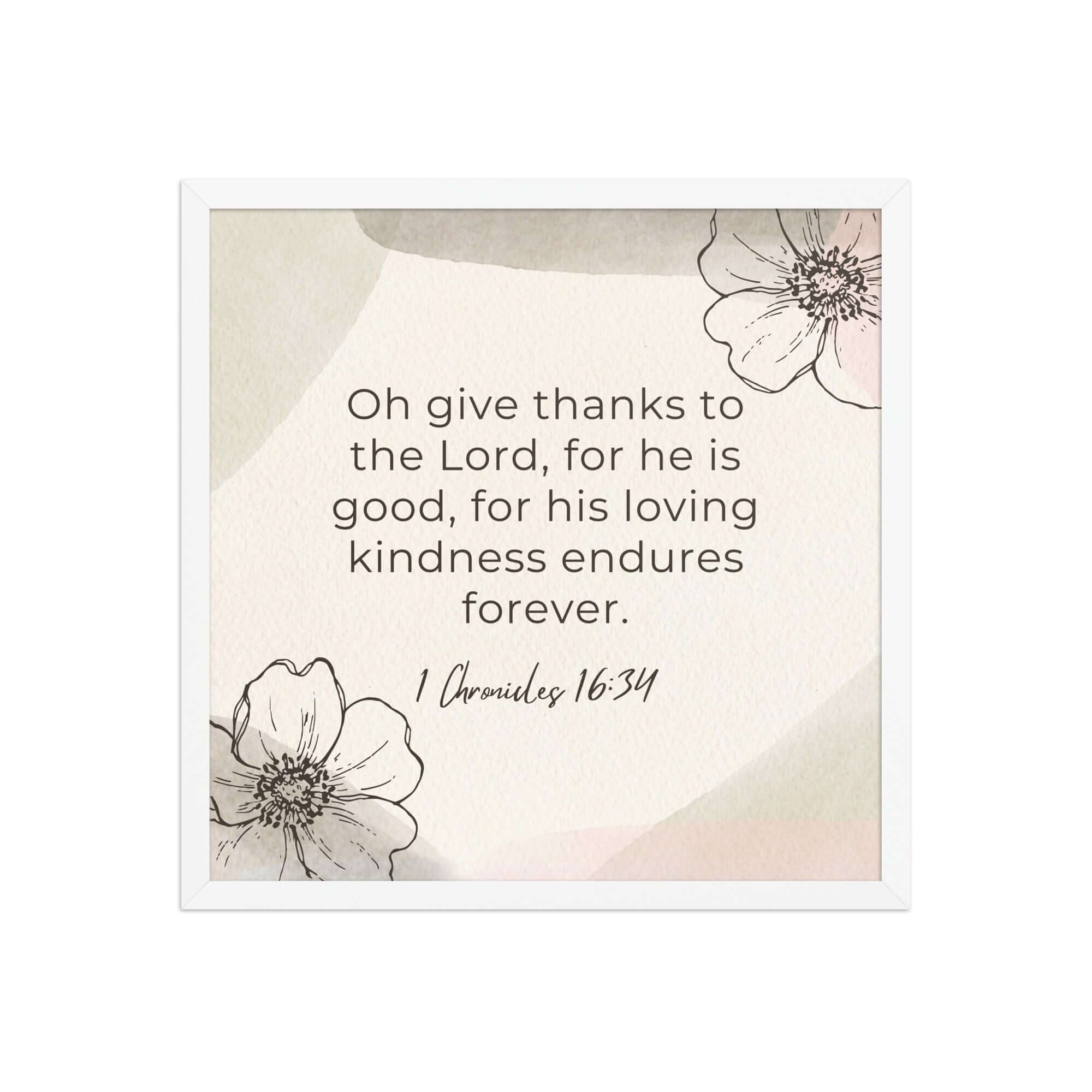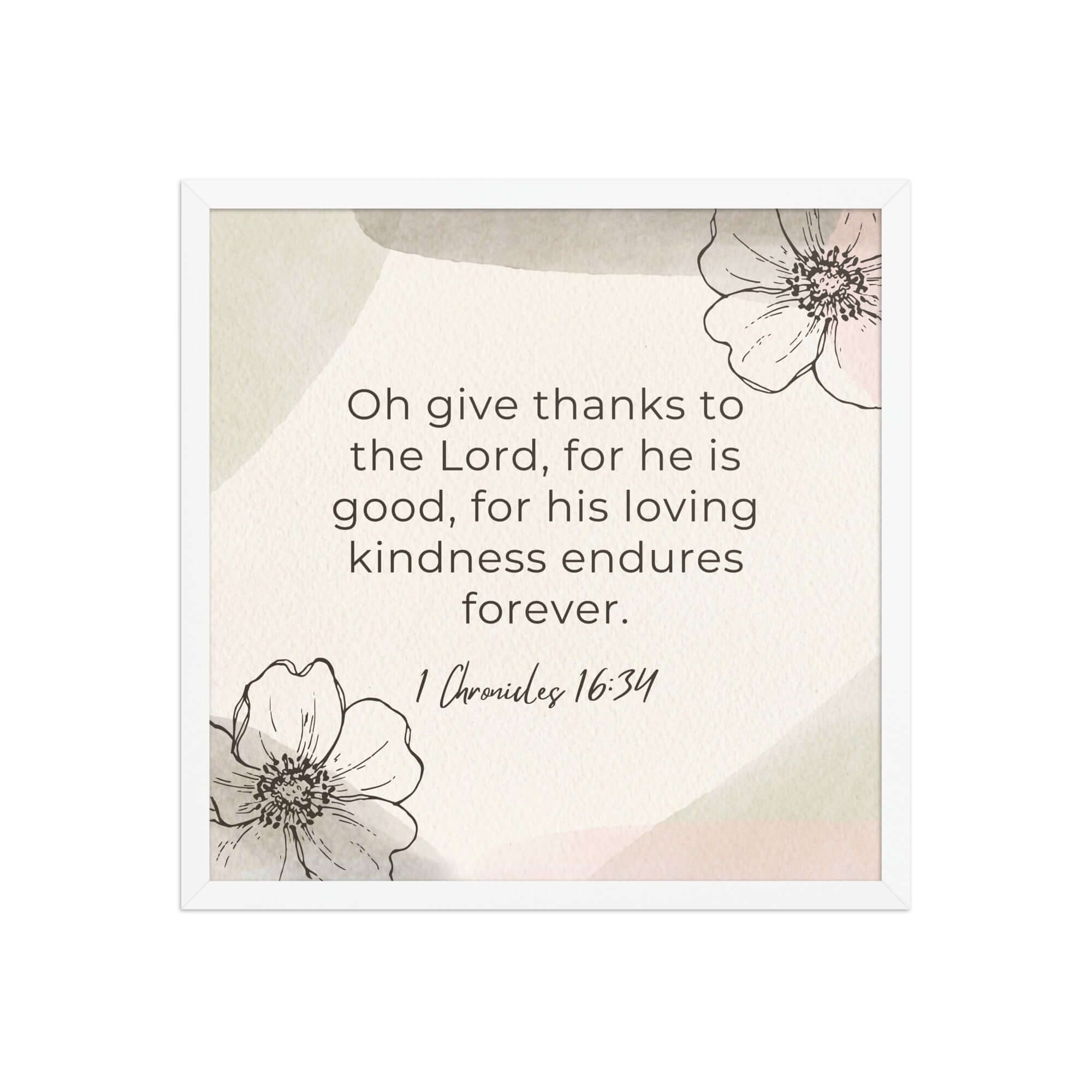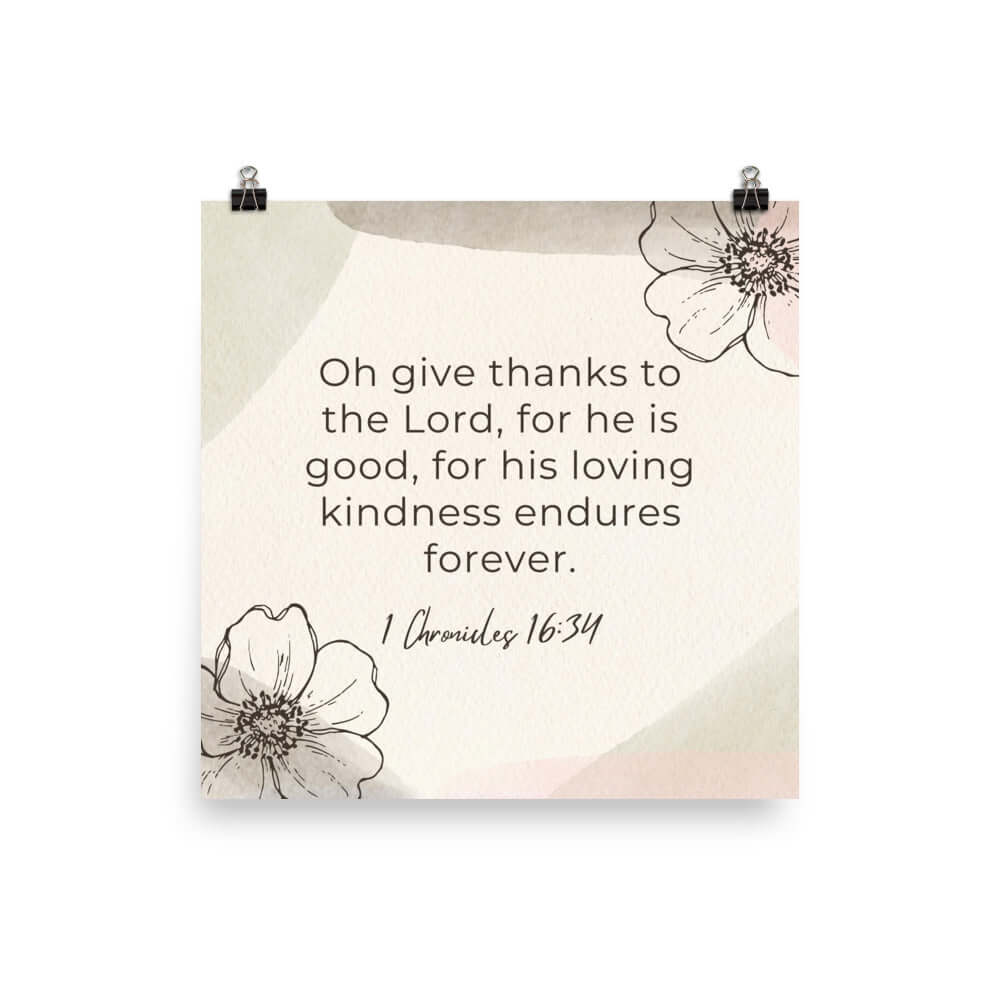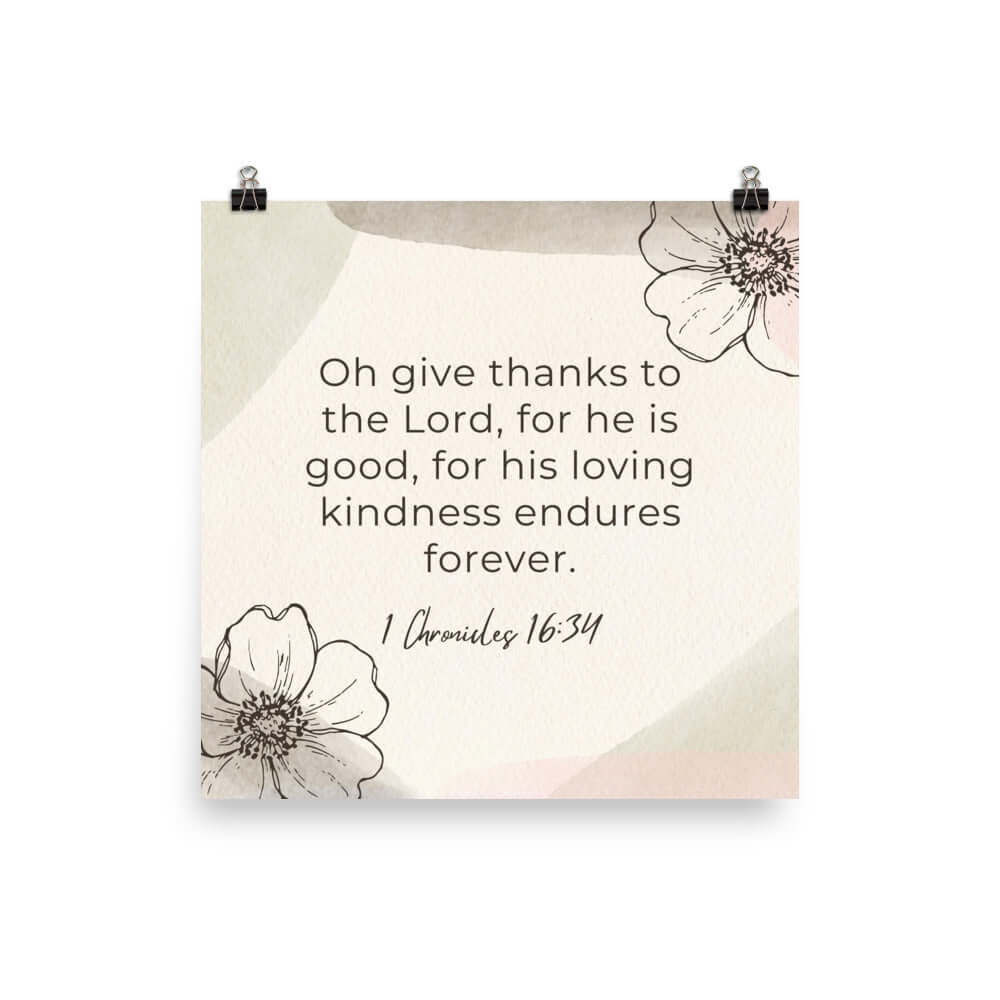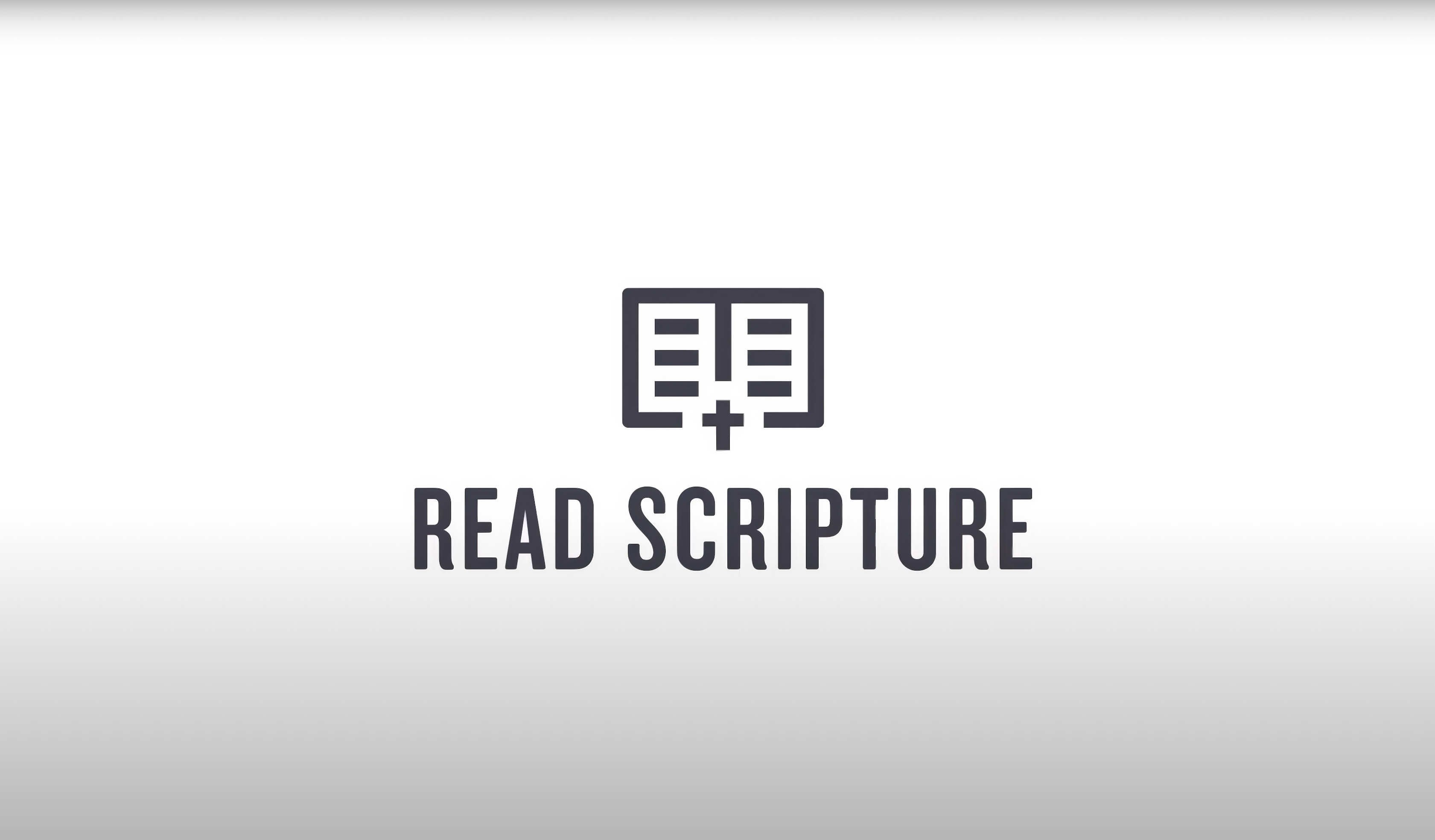Understanding the Book of 1 Chronicles: Authorship, Timeline, Audience, and Content Overview
The Book of 1 Chronicles, part of the Hebrew Bible and the Christian Old Testament, offers a unique perspective on Israel's history, focusing on its religious and monarchical developments. This article delves into the authorship, dating, intended audience, and the rich tapestry of content within 1 Chronicles, providing a comprehensive overview for readers seeking to deepen their understanding of this biblical text.
Authorship
Traditionally, the authorship of 1 Chronicles has been attributed to Ezra, a Jewish scribe and priest. This attribution stems from similarities in language, style, and theological perspective between Chronicles and the books of Ezra and Nehemiah. However, the text itself does not explicitly name its author. Modern scholarship often refers to the author as "the Chronicler," acknowledging the shared authorship of 1 and 2 Chronicles, Ezra, and Nehemiah by a possibly singular or group entity deeply invested in the post-exilic community's restoration and identity.
When It Was Written
The dating of 1 Chronicles is closely tied to its content and purpose. Most scholars agree it was written during the post-exilic period, likely between 400 and 250 BC. This era follows the Babylonian exile, a pivotal time when the Jewish community returned to Jerusalem and sought to rebuild their temple, city, and identity as God's chosen people. The Chronicles' emphasis on temple worship, genealogies, and Davidic lineage reflects a community redefining itself by reconnecting with its past.
Audience
1 Chronicles was written for the post-exilic Jewish community in Jerusalem and Judah. Its content is tailored to an audience seeking to reestablish their cultural and religious identity after the exile. By highlighting the continuity of God's covenant with David, the importance of proper worship, and the central role of the Levites and priests in the temple, the Chronicler addresses a community's concerns and needs while rebuilding and redefining itself.
Overview of Content
1 Chronicles can be broadly divided into two main sections, each serving a specific purpose in the Chronicler's narrative:
-
Genealogies (Chapters 1-9): The book opens with extensive genealogies, tracing Israel's history from Adam to the post-exilic community. These genealogies serve not only as a record of lineage but also as a means of re-establishing the identity of the Jewish people, linking them directly to their ancestral past and God's promises.
-
The Reign of David (Chapters 10-29): The focus shifts to King David's reign, presenting a highly idealized portrayal. The Chronicler emphasizes David's role in planning the temple, organizing the Levitical priesthood, and securing the kingdom's stability. This section highlights covenant, worship, and the importance of faithful leadership.
Significance
1 Chronicles offers more than a historical account; it provides a theological and liturgical framework for understanding Israel's identity and relationship with God. By reinterpreting Israel's past, the Chronicler encourages the post-exilic community to renew their covenant with God, emphasizing the importance of worship, obedience, and the Davidic promise. This book bridges Israel's storied past and its present, guiding the community in its spiritual and national restoration.
In conclusion, 1 Chronicles is a pivotal work that not only recounts the history of Israel but also serves a didactic purpose, teaching the post-exilic community about the importance of worship, obedience, and the hope found in God's promises. Its emphasis on genealogy, temple worship, and the Davidic covenant offers readers a lens through which to view the continuity and faithfulness of God's relationship with His people.
Books of 1-2 Chronicles Summary: A Complete Animated Overview
Blog posts from Explore the Bible
10 Interesting Facts About the Bible Story of the Parting of the Red Sea
The Bible story of the Red Sea shows God’s power, faith under pressure, and Israel’s rescue, with key verses that reveal why this moment still matters today.
10 Interesting Facts About the Bible Story of the Exodus from Egypt
The Exodus from Egypt shows God’s power, protection, and faithfulness as He delivers Israel from slavery through signs, miracles, and promise fulfillment.
10 Interesting Facts About the Bible Story of the Ten Plagues of Egypt
God sends ten powerful plagues on Egypt to free Israel, reveal His authority, and show judgment, mercy, and protection through clear signs.


